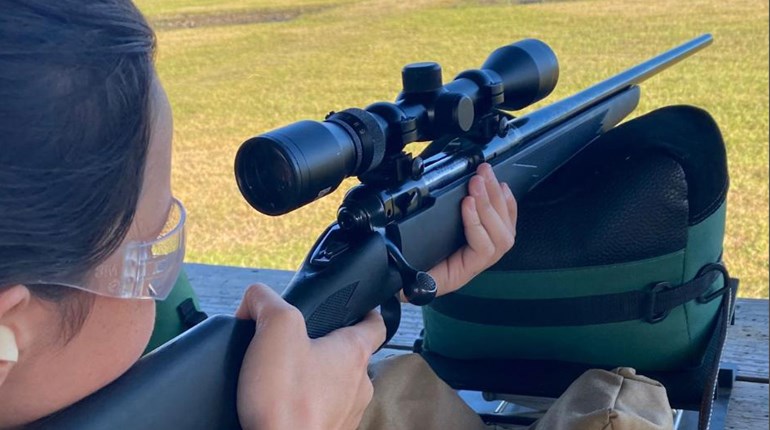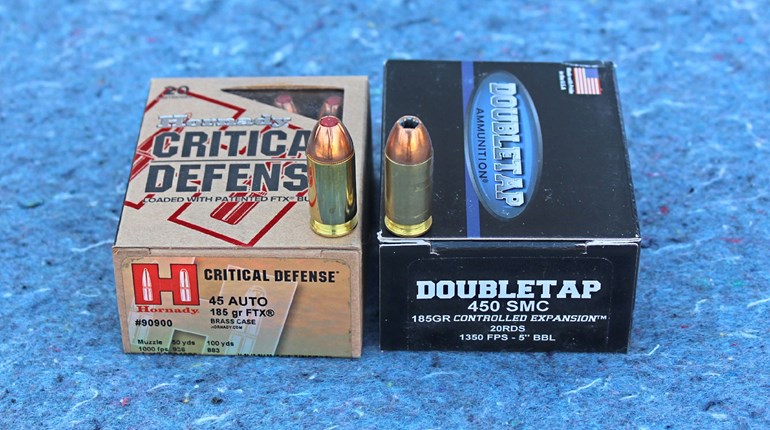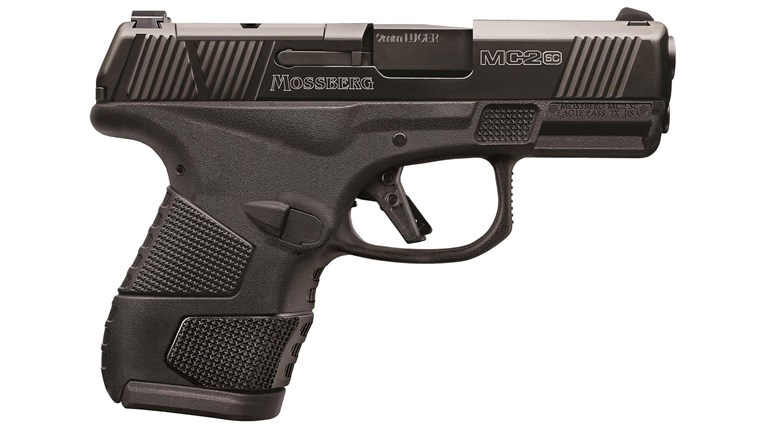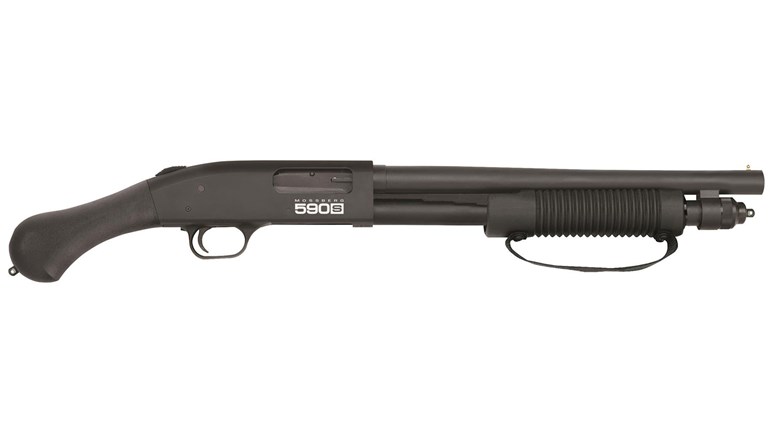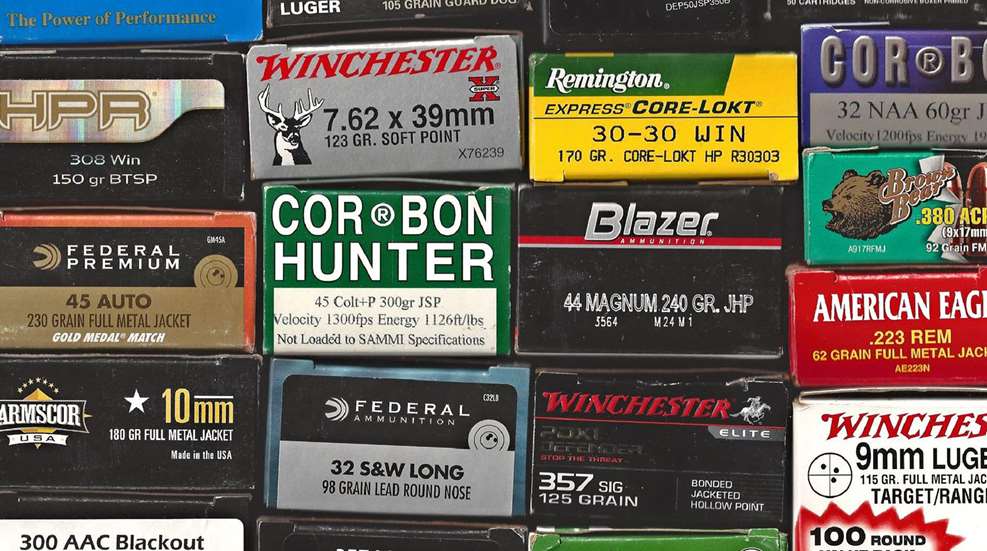
If you are new to the shooting sports, then welcome! We're glad you're here. Much like any other hobby that calls for specialized equipment and procedures, shooting comes with its own lingo. This article covers four terms: cartridges, bench checks, reloads and squib loads. Understanding these terms and practices can save time, money and some confusion.
1. Cartridge vs. Bullet
A cartridge is a complete, ready-to-use unit of ammunition. This includes rimfire, centerfire handgun and centerfire rifle cartridges. It’s also correct to refer to a shotgun shell as a cartridge, but shell tends to be the more commonly used description. A cartridge can also be referred to as a "round" of ammunition, such as when describing a pistol as using a 15-round magazine. A cartridge usually consists of four distinct components including the primer, the cartridge case, powder (propellant) and the bullet (projectile), which is the metallic slug that leaves the gun and strikes the intended target.
It's not uncommon to hear folks use the word "bullet" interchangeably with "cartridge," like saying a certain revolver can hold "six bullets," or that they bought a box of bullets today. Technically speaking, using the word bullet in this way is not wholly inaccurate because a bullet is part of a cartridge. If there are 15 rounds of ammunition tucked into a pistol magazine then there are 15 bullets in the magazine as well.
However, the word bullet does not represent the concept of a cartridge. It's like saying wine bottles are full of "grape juice," or that a police officer pulled you over to get your autograph in his note book. Not wrong per se, but incomplete. When referring to ammunition, it’s more precise to use the words cartridge or round and save the word bullet for referring to the projectile itself.
2. Bench Checks
A bench check is the process of confirming that a gun's action and controls are working properly. These function checks are often conducted at the same work bench (or table) where the gun is cleaned and maintained. Thus, the name "bench check." A bench check should be conducted with any gun that is new to you, including just purchased factory fresh guns, used guns or a gun borrowed from a friend or family member. It's also important to run a bench check any time a gun has been disassembled or in preparation for a trip to the shooting range. In short, bench check it before you shoot it.
Always verify the gun is completely unloaded before conducting a bench check. Remember that each model has a unique set of controls and features, so take the time to consult the owner's manual. Once you get to know the gun, a quick check only takes a minute or two to conduct. Because every gun is different, it's not possible to provide a universal check list. But this article includes the bench checks for a particular semi-automatic pistol and revolver to give you an idea of what the process looks like.
Bonus Tip: Check the screws for tightness.
Any time you are taking a new-to-you gun to the shooting range for the first time, check the external sight, grip or stock screws to make sure they are properly tight. Tiny sight and grip screws can loosen up and drop out, never to be seen again. Take the screw drivers and/or hex wrenches that fit your gun with you to the range and check the screws once or twice during the range test. Taking just a minute or two to check the screws can save a good deal of time, hassle and replacement part costs.
3. The Three Meanings of "Reload"
A common frustration for those who are learning English as a second language is that so many common words have multiple meanings. One word that is used in different ways in the U.S. shooting community is "reload." It has at least three distinct meanings:
To Reload (Verb)
This is the action of inserting fresh ammunition into a firearm to replace spent cartridges. When a gun has been fired until empty, it's time to reload it if you are going to continue shooting. In some situations, the gun may not be completely empty. Swapping out a partially loaded magazine for a full magazine is known as a tactical reload while adding rounds to a partially filled tubular magazine is called topping off.
A Reload (Noun)
Generally speaking, this is a set of cartridges stored in a device intended to speed up the process of reloading (verb) a firearm. For someone who carries a defensive semi-automatic with two spare magazines filled with ammunition, it could be said that they carry two reloads for their pistol. For revolvers, there are devices called speed loaders and speed strips which hold anywhere from 5- to 10-rounds of ammunition, depending on the revolver's caliber and configuration. This means a speed loader can be carried as a reload for a revolver.
"Reloaded" Ammunition
When a centerfire handgun, rifle or shotgun cartridge is fired, the primer, powder and projectile are used up in the process. However, the cartridge case (or shot shell "hull") is left behind. Many of these cartridge cases can be reused or "reloaded." When used cases are cleaned, sized and refilled by professional ammunition manufacturers, it’s called "remanufactured" ammunition. When the cases are reused by shooting sports hobbyists who assemble ammunition at home, the cartridges are often referred to as "hand loads" or "reloads."
A while back I wrote an article about the importance of carrying reloads (spare magazines and speed loaders) for defensive handguns. A reader thought I was recommending remanufactured or hand loaded ammunition for self-defense. This would seem confusing because using reloaded ammunition for personal protection should be avoided due to potential reliability and legal issues.
4. Squib Loads
Squib loads are relatively rare but potentially dangerous. It's important to understand what they are, how they behave and what to do if you have one crop up while shooting.
A squib load is a defective cartridge which fails to drive the bullet all the way out of the gun. The result is a bullet lodged inside the barrel somewhere between the chamber and the muzzle. If another cartridge is fired into the obstructed (blocked) barrel, the gun can be seriously damaged or it can potentially blow apart like a hand grenade. This in turn can cause harm to bystanders and the person pressing the trigger.
Squibs can occur with rimfire or centerfire cartridges including factory fresh, remanufactured and hand loaded rounds. Causes include no powder inside the cartridge case, a partial powder charge or powder that's been contaminated by moisture or lubricants. Sometimes it's a faulty or damaged primer. Even though certain cartridge defects are visible to the naked eye, including a cracked cartridge case, inverted primer or a bullet that's seated too deeply in the cartridge case, squib loads can often slip by undetected until they are fired.
How do you know if you've fired a squib load and now have a bullet lodged in your barrel? I've touched off two squibs in my shooting endeavors. One was a .22 LR cartridge fired from a rifle and the other was .38 special round fired from a revolver. Both cartridges produced the same three indicators of a squib:
1. No down-range evidence of a bullet strike
Each bullet launched should ring or knock over a steel plate, punch a hole in a paper target or, in the case of a miss, cause a puff of dust to rise where it strikes a dirt berm. If you do not see or hear any evidence of a bullet strike, it may be a squib.
2. A noticeable change in the gun's report
A firearm's report is the Pop!, Bang! or Boom! noise it makes. The report should be about the same for each shot fired of a given load of ammunition. When that one .38 Special load squibbed, the report dropped from Bang! to Pop! For the .22 LR, it went from Pop! to Pffft! followed by an odd, short squealing noise.
3. A tangible drop in felt recoil
Squibs are underpowered, so the cartridge will kick less than a round that's functioning properly.
If you see and hear evidence of a squib load, stop shooting immediately! Do not, I repeat, DO NOT try to shoot the lodged bullet out of the barrel by firing another round. The squib load is less likely to cause any lasting damage since they tend to be caused by low pressure levels. It’s the shots fired into the lodged bullet that cause bulged barrels, cracked actions and in some cases a kaboom, meaning the gun blows apart.
In some cases, the squibbed gun can be dismantled, the lodged bullet knocked out with a cleaning rod and then reassembled for continued shooting. However, there's always the chance that the gun was damaged or gummed up internally. When in doubt, seek out the services of a qualified gunsmith to resolve the problems caused by a squib load.












